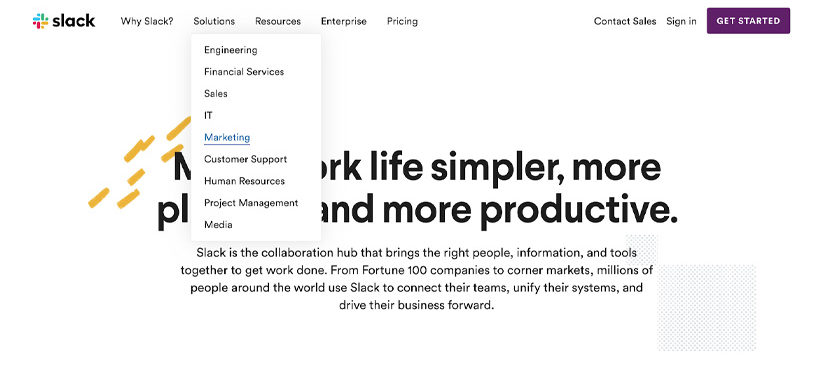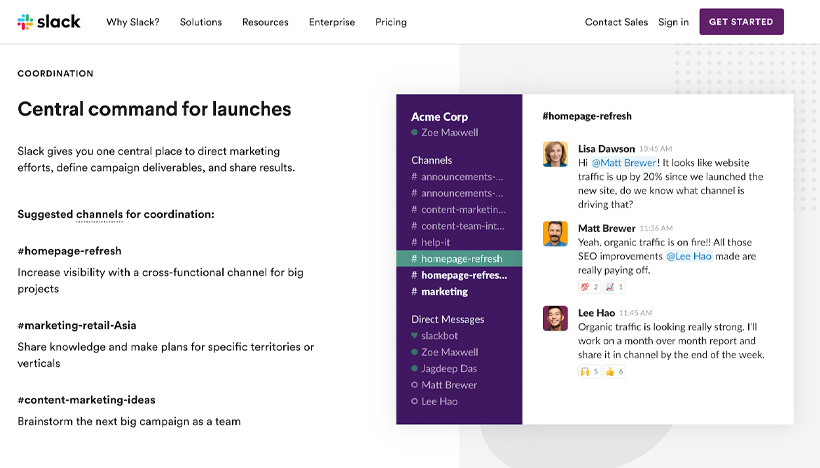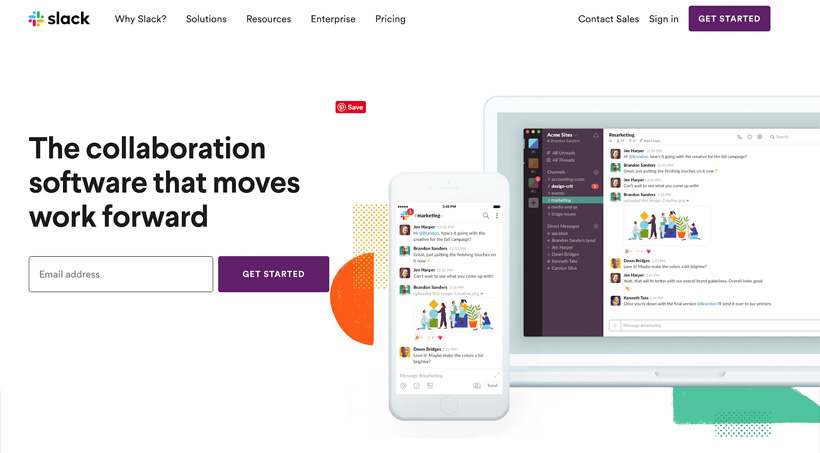What is core content? Core content is a piece of content that is essential to your business offerings. It is the highest content level in a brand hierarchy. Core content is an interconnected system that unites your brand’s entire messaging structure to communicate business value and support business goals.
To scale your content marketing efforts, you need to carry an exquisite bouquet of content. Opportunities are endless with the types of content you can produce. It’s tough to know when and where various content comes into play within your strategy — and which types you truly need to take on.
To better understand the connection of the content you create, you must go beyond your content strategy — and take a long look at your content marketing hierarchy. A whatty-what? If you’re unfamiliar, start with this overview: How to Define the 11 Content Levels of Your Brand Experience.
If you want the cliff notes, a content hierarchy is a methodical and structural way to organize all of your brand and marketing content. Higher content levels are rooted in your brand experience, while lower content levels support the higher levels strategically and functionally.
You might think of core content as foundational content. But for our purposes, with this particular content marketing hierarchy, we will differentiate the two. As you can see below, foundational content (#9) is a much lower content level. Rather than being a brand essential like core content (#1), foundational content falls into the supporting tier of the content paradigm.
Let’s take it from the top, starting with core content.
Learn the definition of core content, then see how it works into the content hierarchy and your content strategies. You’ll walk away with a better understanding of how to approach core content, the most essential content you create for your brand.
What is core content?
Core content is a piece of content that is essential to your business offerings. It is the highest content level in a brand hierarchy. Core content is an interconnected system that unites your brand’s entire messaging structure. Messaging communicates business value and supports business goals.
Core content is the most essential content, and it is also the most subjective. Maybe your website is more of a basic digital business card presence, but YouTube is where your brand lives and thrives. Define what core content means for your brand so strategists, creators, and editors are aligned.
What core content is not
Core content is a term that gets thrown around loosely in content marketing circles. When used generically, marketers might call any content that supports their strategy “core content.”
Maybe this is an ebook that breaks down one of your brand’s primary product or service focus areas into a how-to guide. Let’s say an EHR software organization produces an ebook titled “The Complete Guide to EHR Cloud Security.” The ebook explains one of the core themes of their product.
Is this ebook essential to the business offerings? Or, does it play more of a supporting role? This ebook is an asset (#10) that supports the overall content strategy. Since it’s not essential, it is not core content (#1) and it lives almost at the bottom of our 11-level content marketing hierarchy.
Why core content matters
There is a reason why core content is the highest content level in a brand hierarchy… interconnectivity. Core content is the heart at the very center of your brand. It is a muscle and a network that makes everything work. This level of interconnectivity is what makes core content so essential.
Core content is directly tied to your business goals. This content must support your initiatives by clearly communicating the value of your brand.
Let’s look at your vision statement, which is a core content example. A strong vision statement helps everybody function well. This content helps teams stay focused on what matters most because they understand what success means for their brand.
Imagine your brand without a vision statement. Where does that leave you and your team when you have no vision guiding the way? Can your brand even survive without this core piece of content? No, because a vision statement is essential.
3 Ways to apply content strategies to core content
Think of a chain reaction when you are applying content strategies to core content. Because this content must be interconnected to make your brand work, each core content piece informs the next to build a powerful network.
As you create core content, messaging should both demonstrate business value and correlate to business goals.
1. Brand messaging
Core content sits at the top of the content marketing hierarchy. Within this content level, brand messaging would be at the very top. It is the most essential messaging for your brand and it feeds all content creation. Business value is communicated through carefully constructed content.
Core content might include your mission statement, vision statement, value prop, and positioning statement. Your tagline and company boilerplates would not be included in core content, as this messaging tends to ebb and flow with the pulse of your brand versus being the heart of your brand that makes everything else function.
2. Persona development
After brand messaging comes persona development. Use buyer personas to create character-driven brand stories rather than plot-driven brand stories. To communicate business value to your prospects and customers, use their personal journey (not your brand journey) to build great conversations.
As you work through a persona exercise with your team, identify how your product or services help your customers achieve goals and solve challenges. This core content impacts all of your other content, giving it more of a human, purposeful feel. Your website content will be stronger for it.
3. Website production
What makes a user experience great? Knowing who users really are… people. And understanding why these people came to your website, to achieve “this” goal and solve “that” challenge. Define your brand, develop your personas, then you’re ready for website content — another core content piece.
Website production involves a ton of technical strategy, from keyword research to development. Website content will completely miss the mark if you skip messaging work for the brand (the heart) and personas (the soul). Your branding, personas, and website are a core content trifecta. Together, the interconnected brand experience is powerful.
Branded content examples of core content
So, what does this interconnected system look like in the real world? Let’s admire Slack, who executes core content brilliantly on their website. Alone, each piece of core content is strong, clearly demonstrating the value of their business offerings.
As each piece of core content interlinks with one another throughout the website, you witness the cohesive inner workings of the Slack brand.
Brand
Mission
Slack is the collaboration hub that brings the right people, information, and tools together to get work done. From Fortune 100 companies to corner markets, millions of people around the world use Slack to connect their teams, unify their systems, and drive their business forward.
Vision
Our vision at Slack is a world in which organizational agility is easy to achieve, regardless of an organization’s size. In other words, Slack is a tool built for everyone.

Personas
On Slack’s website, you’ll quickly see their buyer personas when you hover over the Solutions menu option.
The Solutions page is a mixture of use cases and roles, but these personas are represented:
- Engineering
- Sales
- IT
- Marketing
- Customer Support
- Human Resources

If you click and take the Marketing persona journey, you are greeted with an overview of key benefits specific to Marketing teams.
A common goal/challenge for marketers is centralizing efforts. In the “coordination” section of the page, Slack shows how their product is “central command for launches,” including suggested channels along with a screenshot of what this channel might look like.

Website
Reference the shorter mission statement up there and you will see the “simple, pleasant, productive” theme woven throughout Slack’s website. Messaging and design are clean, fun, and hopeful.

Want help getting to the core of your content?
A brand without core content is like a human without a heart. Without core content, your brand would not exist.
Decide what core content means for your brand. Remember the interconnectivity factor and always go back to one key question as you create core content: How will this messaging support our business goals?
And if you need extra support, enlist the help of a content partner like ClearVoice. We can work with you to clear up your messaging and hone in on the best content strategy for your brand. Discover our solutions to see what we can do for you.






